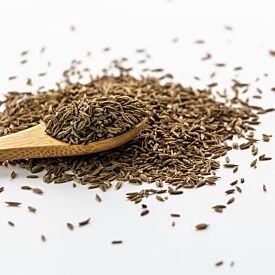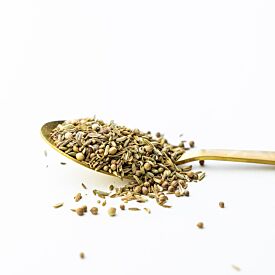Taking Ayurveda to the Mat
As many people do, I found my way to Ayurveda via yoga. So glad I did. I know many yoga teachers who also study Ayurveda and want to share it with their students. Here are five simple ways to deepen your practice and take Ayurveda to the mat.
Sister Sciences
Ayurveda and yoga are sister sciences and they have a great relationship. These sisters help each other out. Ayurveda teaches yoga and meditation practices as healing tools. Yoga includes many of the principles taught in Ayurveda. Yoga is a great vehicle to introduce Ayurveda as a practice and get to know some of the basics. Bring Ayurveda to your yoga class and watch it enhance your life and the lives of your students.
What can a yoga teacher share in the class format? This is clearly not a clinical setting and not suitable for diagnosis or treatment. But you can teach concepts in themes, share Ayurvedic practices, and teach and practice dosha-balancing poses.

Five simple ways to deepen your practice and take Ayurveda to the mat.
- Practice a.m. yoga. Engage students to try an early time slot by explaining the benefits of morning movement. Early a.m. movement is part of healthy dinacharya and a morning yoga class fits right in. Set up a special summer or spring morning series with a focus on Ayurveda. Early yoga is a great way to connect to yourself and the day. It can be hard to manifest a community for a sunrise or 6 a.m. class so teaching dinacharya helps people get to bed earlier and wake up refreshed. A solid morning routine also helps you accomplish much to support wellness before the day gets away from you.
- Seasonal awareness and routine, called rtucharya, is also a great bridge between yoga and Ayurveda. Tune into the season and the dominant dosha in that season and share your insight with your classes. We all shift in response to the seasons. Winter into early spring is kapha season, summer is pitta season, and fall into early winter is vata season. Share appreciation of how the force of the season works on each body—to either help balance or to move out of balance—and how to maintain balance.
- Teach basic practices like breathing and self-massage. Many yoga teachers teach meditation and breathing as part of their class. They often don’t draw the connection between these practices and Ayurveda, and wellness. Pranayama is a healing tool in Ayurveda. Different types of breath help balance vata, pitta, and kapha. When you lead breath work in your class, speak to the benefits of regular use of the practice as a part of a healthy daily routine. Self-Massage is a gift of Ayurveda, and an amazing practice to bring into your life. Add a simple hand or foot massage to the end of class to help students ground. Talk to the students about adding simple oil massage to their morning or nighttime routine.
- Serve a dosha balancing tea once in a while at the end of class or in the studio after workshops. CCF tea (cumin, coriander, and fennel) is a great example. Place a card with the tea to explain the effects of each component on the doshas. Post dosha-balancing recipes on your bulletin board or web site. Talk about the benefits and energetics of herbs and spice on the body and digestion.
- Teach dosha and dosha balancing poses. It is well known that yoga poses move energy in the body. It is not surprising that specific poses can help balance the force of the dosha acting in your body. Consider running a dosha balancing series if you attract mostly pitta, vata, or kapha dominant students. Talk about why the deep stillness of savasana is so helpful to calm balance vata. Release the heat in pitta dominant people with backbends and twists. Kapha students can break up stagnation with a daily warrior series or sun salute. Invite students to add poses to their home practice that are specific to balancing their primary dosha. Yoga naturally helps with body awareness and acceptance. Understanding the doshic make up of a student’s prakruti can help teach body self-love and acceptance.
More and more people in the United States are at ease with yoga, but still unaware of Ayurveda. Inclusion of concepts and practices of Ayurveda in class furthers the value of yoga as a healing science rather than another exercise class. As a community we need to reach out and share the benefits of bringing Ayurvedic self-care into our community.
Ayurveda introduced on the mat makes the transition into the home and daily life easy. The paradigm of health, balance, and simple self-care in Ayurveda can add value and help your students keep engaged with their yoga practice. Bring Ayurveda into your studio, take Ayurveda to the mat, and enjoy the sweet combination of these sister sciences.










